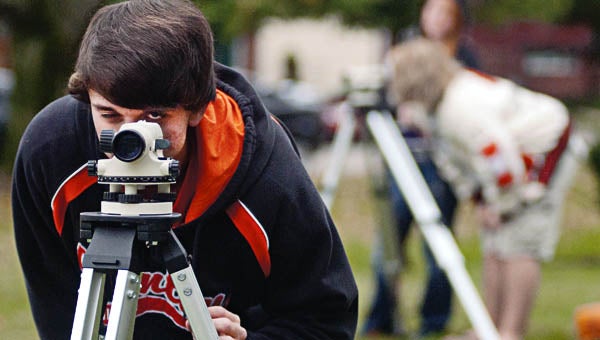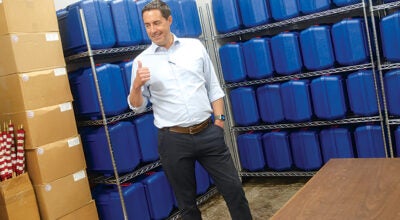Curriculum leads way for driven students
Published 12:00 am Sunday, October 30, 2011
Rather than sitting in a classroom Friday afternoon, some of Ironton High School’s students were on the front lawn of the school putting their technical skills into practice.
With Philly rods and auto levels in hand, juniors in the civil engineering and architecture class were hard at work surveying and taking elevation measurements. The class is a part of Collins Career Center’s Project Lead the Way engineering courses that promote higher learning at the high school level.
PLTW launched in 1997 in New York and about seven years ago in Lawrence County. Ironton High School signed on to the program about six years ago. Dawson-Bryant, South Point, Rock Hill and Chesapeake high schools also participate in the program.
More than 4,000 schools participate nationwide.
“I think it’s a great thing,” said Susan Arthur, PLTW instructor at IHS and DBHS.
Arthur said the program began because of a deficiency in the U.S. with producing engineers.
“(The program) is only going to help the U.S. in the long run, which is a good thing,” she said.
Student Chris Johnson said he felt the engineering courses will give him an edge when he graduates high school.
“I’ll know what to expect in college when I take my courses,” Johnson said.
Johnson said he wants to study engineering in college and he wants to explore his options when it comes to picking a specific area of engineering.
On Friday, Johnson worked with Lexi Riggle and Kylie Thomas to measure various elevations in the front lawn of IHS.
Students Dillin Vernatter, Jordan McMaster and Korey Kellogg also worked together to take measurements.
“It’s pretty easy,” said Vernatter.
“Easy, but interesting,” said McMaster.
The civil engineering and architecture class is the third in a series of four courses in the PLTW program. Besides surveying, the course requires work designing residential and commercial structures. They even designed homes based on Habitat for Humanity guidelines.
Students begin in the ninth grade with an introduction to engineering, including sketching, drafting and learning 3-D software. The 10th grade course, principles of engineering, includes static electricity and simple mechanics. The final year involves engineering design and development and requires the students to solve a real world problem.
“It teaches them higher level learning skills,” Arthur said. “They get content and application as well.”
Arthur also agreed that the curriculum helps students prepare for college.
“It takes study skills and ambition to handle the work load,” she said. “It is well worth it in the end.”





